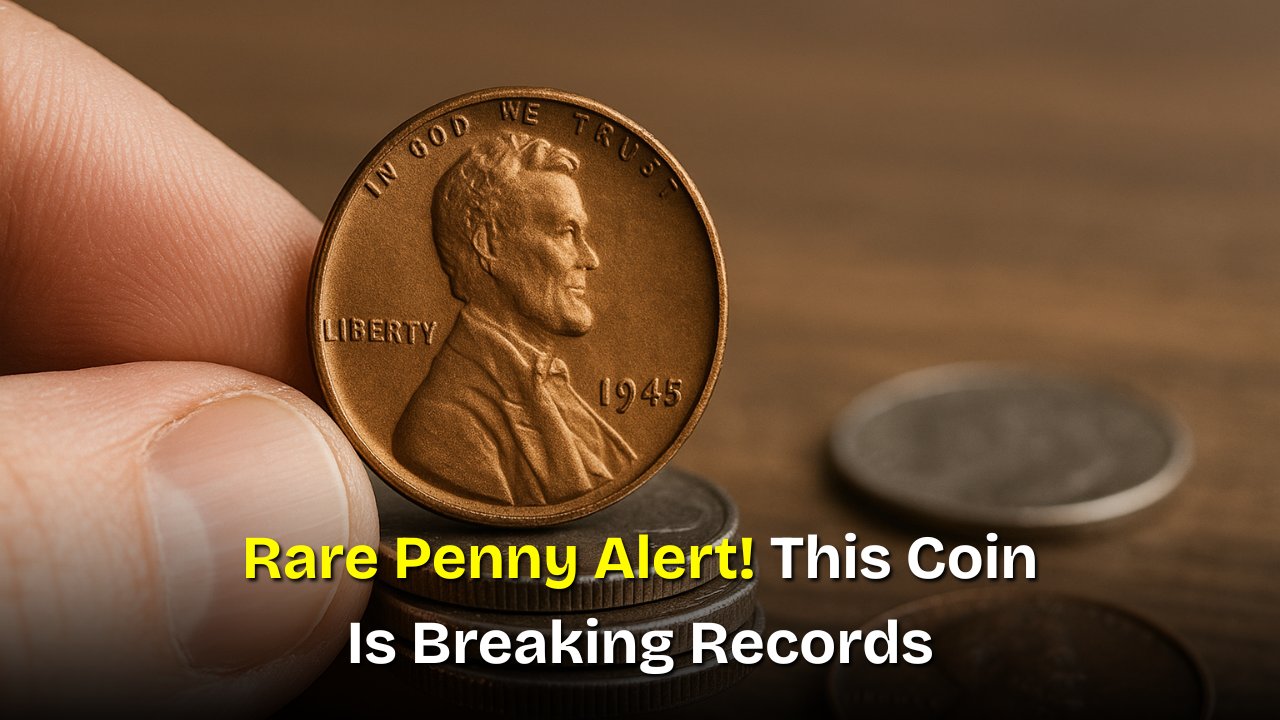Lincoln Wheat Penny – It may come as a surprise, but some of the rarest and most valuable coins are not locked away in museums or private collections—they could be hiding in your own pocket change. The Lincoln Wheat Penny, a coin first minted in 1909, has become one of the most sought-after collectibles in the world. Recently, a record-breaking auction revealed that one of these coins is now worth an astounding $21 million, shocking collectors and investors alike. This staggering value is tied to the penny’s rarity, minting errors, and historical significance. For decades, coin enthusiasts have been on the lookout for wheat pennies with unique dates or special misprints, as these characteristics can skyrocket the coin’s worth. What once seemed like an ordinary penny now carries life-changing potential for anyone who happens to stumble upon one. If you’ve ever ignored loose change in your wallet, this might be the reason to start paying closer attention.
The History of the Lincoln Wheat Penny
The Lincoln Wheat Penny, first minted in 1909 to commemorate the centennial of Abraham Lincoln’s birth, quickly became an iconic part of American currency. Designed by Victor David Brenner, the coin featured Lincoln’s profile on the front and wheat stalks on the back, symbolizing prosperity and growth. For collectors, the wheat penny holds historical significance as the first U.S. coin to feature a real person’s likeness rather than allegorical figures. Over the years, certain editions, especially those produced in limited numbers or with minting flaws, became highly prized. Coins from years like 1909-S VDB or 1943 copper editions are considered holy grails among numismatists. These rare versions are not just currency but artifacts that connect modern America to its past. Their scarcity, coupled with public fascination, has turned them into treasures worth far beyond their face value.
Why Some Wheat Pennies Are Worth Millions
Not all wheat pennies are created equal—most are worth just a few cents over their face value. However, some unique variations stand out and fetch astronomical sums. Factors such as minting errors, production in limited numbers, and unusual materials contribute to these sky-high valuations. For example, the 1943 copper penny was mistakenly struck in copper instead of steel, making it one of the rarest coins in circulation. Similarly, pennies with double dies, missing mint marks, or unique engravings are highly desirable. Condition also plays a major role, as coins that remain in pristine, uncirculated form are far more valuable. When rarity, condition, and historical importance align, the value can soar into millions. This is exactly what happened with the Lincoln Wheat Penny that shattered records by reaching a $21 million valuation—an incredible figure for something most people once ignored.
Spotting a Rare Wheat Penny in Your Pocket
For anyone curious about whether they might unknowingly possess a fortune, identifying a rare wheat penny is the first step. Collectors suggest checking the year, mint mark, and condition of your coins. Some of the most valuable editions include the 1909-S VDB, the 1914-D, and the legendary 1943 copper penny. Paying attention to details such as double dies or unusual coloration can also reveal a coin’s rarity. Even if a penny appears ordinary, consulting with a numismatic expert or having it appraised professionally can uncover hidden value. While the odds may seem slim, many people have found valuable coins mixed with ordinary change. It’s a reminder that the next time you dismiss a penny, it might just be a million-dollar discovery waiting in disguise.
The Future of Coin Collecting and Penny Values
With record-breaking sales like the $21 million wheat penny, interest in coin collecting has surged worldwide. Investors see rare coins not only as collectibles but also as assets that appreciate in value over time. The Lincoln Wheat Penny, with its blend of history, rarity, and enduring fascination, continues to capture attention from both seasoned collectors and curious beginners. As more people search their pockets and old collections, demand for rare coins is expected to grow, driving values even higher. This market has proven resilient, with coins often holding or increasing their worth despite economic fluctuations. For anyone holding onto wheat pennies or curious about collecting, now may be the perfect time to dive into the world of numismatics. After all, a small copper coin could end up being one of the most valuable treasures you’ll ever find.
